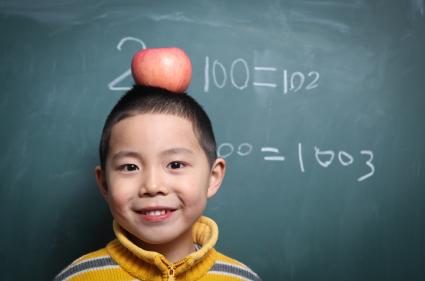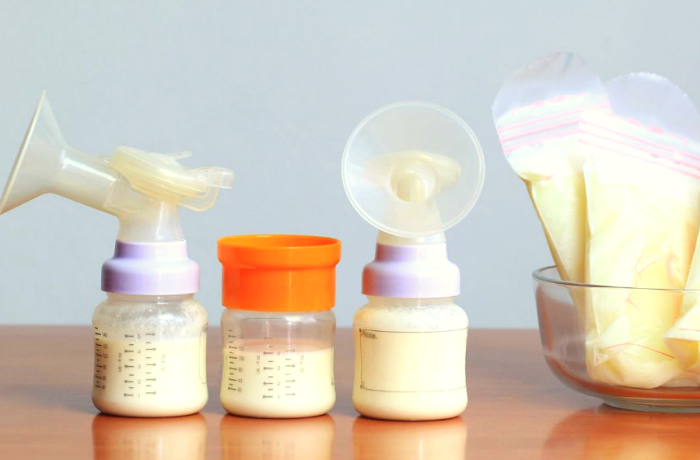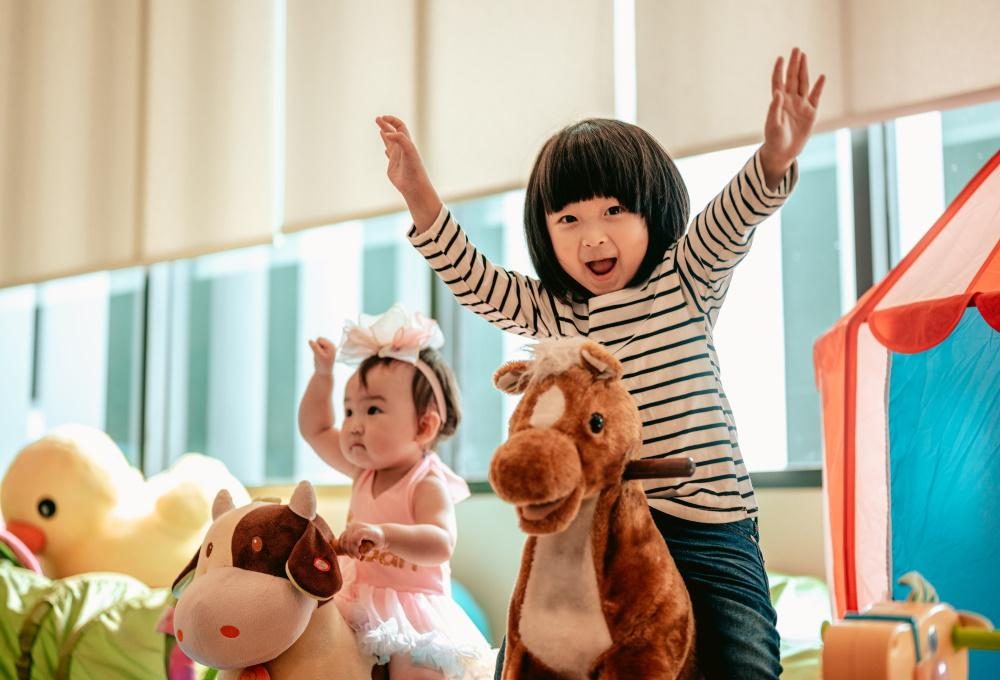Math Milestones By Age
by on 02/08/2025 ...

We all know that babies begin to learn from the time they are born. Children of this generation learn so much more quickly when compared to children 20 years ago; be it at technology or at specific subject matters. The exposure they get today is tremendous in comparison to previous generations. Here is a general list of things your child should be able to do in terms of Mathematics. Every child is different and develops at different paces, but this general guide should give you some idea of what to expect.
12 to 24 months
Babies of this age can probably show you ‘one’ and ‘two’ using their fingers if you have done enough repetitions of nursery rhymes that have numbers in them. They may also know some number words that they may use without really understanding their meaning. If you ask a two year old to ‘pick two sweets’, they will probably know what to do.
Between the ages of one to two, many children can match same-sized shapes with their empty sockets. Toys and puzzles where shapes like squares, triangles and circles are to be matched are great for this age group. Two year olds will also be able to stack a tower of blocks from the largest to the smallest. The Montessori Pink Tower enforces this into children.
2 to 3 years
Children this age will be able to string a few numbers together, although some numbers may be skipped in the sequence. They may say ‘one, two, four, five, seven…’. By the age of three however, your child should be able to recite numbers one to 10 correctly and be able to divide 10 pencils equally between two people.
Many two year olds will be able to differentiate between ‘big’ or ‘small’, ‘fast’ or ‘slow’ and ‘heavy’ or ‘light’. Nursery rhymes and stories where numbers are a theme help children understand and learn better at this age.
3 to 4 years
Your child will now be able to count longer sequences of numbers, up to 30. They will also be able to count backwards from 10 and use ordinal numbers such as ‘first’, ‘second’, and ‘third’. Children of this age can tell their age by a show of fingers.
By the age of four, most children can count up to fifteen items. They can also tell the difference in two items based on height, length and heaviness. They will also be able to use superlatives when comparing more than two items; for example ‘big’, ‘bigger’, and ‘biggest’.
This is also the age when most children understand the concept of addition and subtraction through things in front of them. For example, if you put two pencils and add two more, they should be able to tell you that two plus two is four. Get your child to colour in books where they enforce mathematics through drawing and colouring. They will learn concepts far more easily when done in a fun manner.
4 to 6 years
In addition to knowing more addition and subtraction using fingers, many five year olds can also tell you information based on picture graphs. Children of this age can count to 100 by tens, fives and twos.
By age four, they will be able to count the number of red cars that pass by while you are driving, or the number of coins you have in your purse.
By the age of six, children can compute basic addition and subtraction in their heads for numbers up to 10. During their sixth year, many children start to solve simple word problems. For example, if asked: Betty has seven dolls and Samantha has five, how many more dolls does Betty have? Simple fractions in the form of a pizza diagram helps them understand the concept of ‘half’, ‘quarter’ and ‘a third’.
This is the age when you can expose your child to activity books with simple mathematical problems. Exercises where they have to count, match, add and subtract challenge their minds and they end up using these concepts in their daily lives.
By the age of seven, they would have learnt all the necessary skills required for Year 1 in school. Exposing them to different learning methods and engaging their minds always helps in learning.
Check out this free guide for some practical tips to help spark the interest of your child in astronomy.































